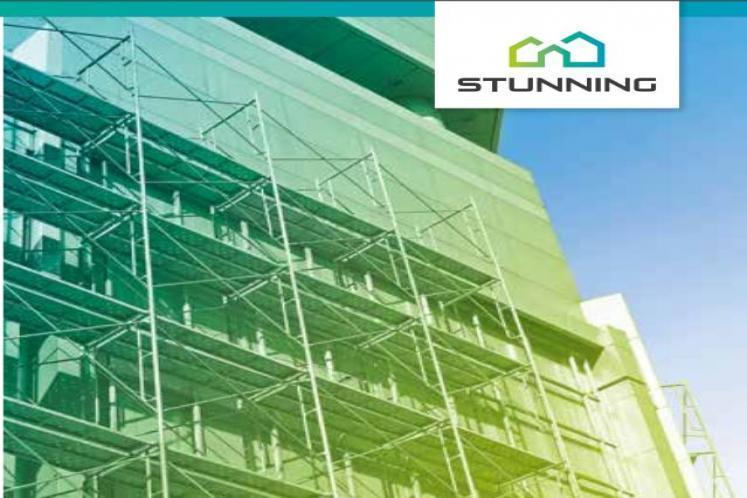This document is one of the report of the H2020 project STUNNING “SusTainable bUsiNess models for the deep reNovation of buIldiNGs”, running from October 2017 to September 2019
The deliverable will focus on providing solutions that foster SME participation in the market and value chain.
In order to do so, a simplified value chain of the EE renovation process was presented in order to understand which SMEs intervene at which moment and in order to then map the identified barriers within this model so that it is possible to understand which actors are most affected, during which process and how.
In STUNNING, it has been decided to focus on a global and generalist 5 phase model which provides enough flexibility so that it can be applicable to all EU member states.
Moreover, this process mapping is also loosely applicable to different building typologies, notably public. It was important to employ such a generalist approach in order to maintain simplicity and understand barriers through one set of lenses.
Combining this information with the sectorial information, case studies, empirical findings and stakeholder feedback gathered during the course of the STUNNING project will enable the recognition of potential solutions in order to alleviate the barriers in question.
Solutions will always be aimed at maintaining active participation of SMEs, a crucial element and player of the EE renovation sector due to the dominance in numbers of such companies within the industry as well as their potential to tackle smaller scale projects representing an important portion of the EU building stock.
Each barrier is treated individually with an explanation on barrier placement, which SMEs are most affected along with other stakeholders and finally discussing potential solutions and potential MS variations in applying these solutions due to specific societal or regulatory configurations.
In particular, the report presents the barriers according to the position in the renovation value chain, the methodology adopted for identifying the solutions to the relevant barriers and the related solutions contextualised according to the local specificities and the boundary conditions of the analysed countries.




